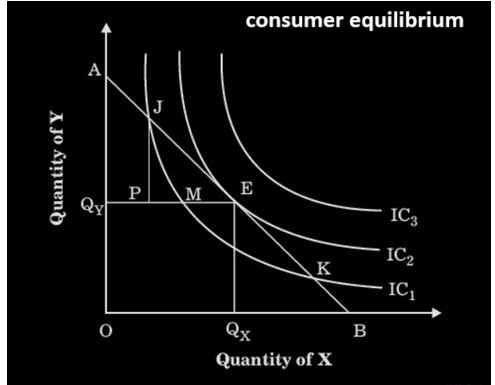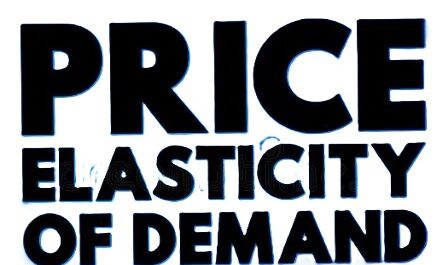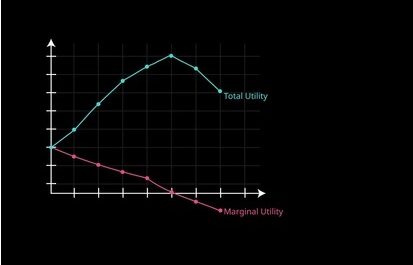🧠 Understanding Consumer Equilibrium in Economics
In everyday life, we constantly make choices about what to buy and how much to spend. But how do we know we’re making the most satisfying choices with our limited income? This is where the concept of consumer equilibrium in economics comes into play.
📌 What is Consumer Equilibrium?
Consumer Equilibrium is a state where a consumer allocates their income in such a way that they get the maximum possible satisfaction (utility) from their spending, given the prices of goods and their budget constraints.
In simpler terms, a consumer reaches equilibrium when they cannot increase their satisfaction by changing their pattern of spending.
📚 Key Concepts Behind Consumer Equilibrium
To understand consumer equilibrium better, we need to grasp a few foundational ideas:
1. Utility:
-
Total Utility (TU): The total satisfaction received from consuming goods.
-
Marginal Utility (MU): The additional satisfaction from consuming one more unit of a good.
2. Law of Diminishing Marginal Utility:
As more units of a good are consumed, the additional satisfaction (MU) derived from each new unit decreases.
3. Budget Constraint:
Every consumer has a limited income. They must decide how to spend it across different goods, each with its own price.
🔍 Conditions for Consumer Equilibrium
Let’s say a consumer buys two goods: X and Y. The consumer is in equilibrium when the following condition is satisfied:
Where:
-
MUX = Marginal Utility of good X
-
PX = Price of good X
-
MUY = Marginal Utility of good Y
-
PY = Price of good Y
This means that the utility per rupee spent on each good must be equal.
Also, the total expenditure should equal the consumer’s income.
📊 Example of Consumer Equilibrium
Suppose a consumer has ₹100 to spend on chocolates (₹10 each) and juice packs (₹20 each).
Quantity MU of Chocolates MU/P (₹10) MU of Juice MU/P (₹20) 1 30 3.0 40 2.0 2 20 2.0 30 1.5 3 10 1.0 20 1.0 The consumer gets maximum satisfaction by buying:
-
1 unit of chocolate (MU/P = 3.0)
-
1 unit of juice (MU/P = 2.0)
-
2nd chocolate (MU/P = 2.0)
-
2nd juice (MU/P = 1.5)
-
and so on…
They stop when their budget is exhausted, and MUx/Px = MUy/Py
💡 Importance of Consumer Equilibrium
-
Rational Spending: Helps consumers make efficient choices.
-
Market Demand: Influences how much of each good is demanded.
-
Policy Making: Useful for governments to understand consumer behavior.
-
Business Strategy: Helps firms set prices that attract rational buyers.
🧾 Types of Consumer Equilibrium Analysis
1. Cardinal Utility Approach (Marshallian):
-
Assumes utility can be measured in numbers.
-
Focuses on marginal utility and price.
2. Ordinal Utility Approach (Indifference Curve Analysis):
-
Assumes consumers can rank preferences but not measure them numerically.
-
Consumer equilibrium is where the budget line is tangent to an indifference curve.
🧠 Conclusion
Consumer equilibrium is a fundamental concept in microeconomics that explains how people make choices within their means to achieve maximum satisfaction. It shows the rational behavior of individuals and how various factors like prices and income influence their decisions.
Understanding this concept not only helps in economics exams but also in making smarter financial decisions in real life.
-





